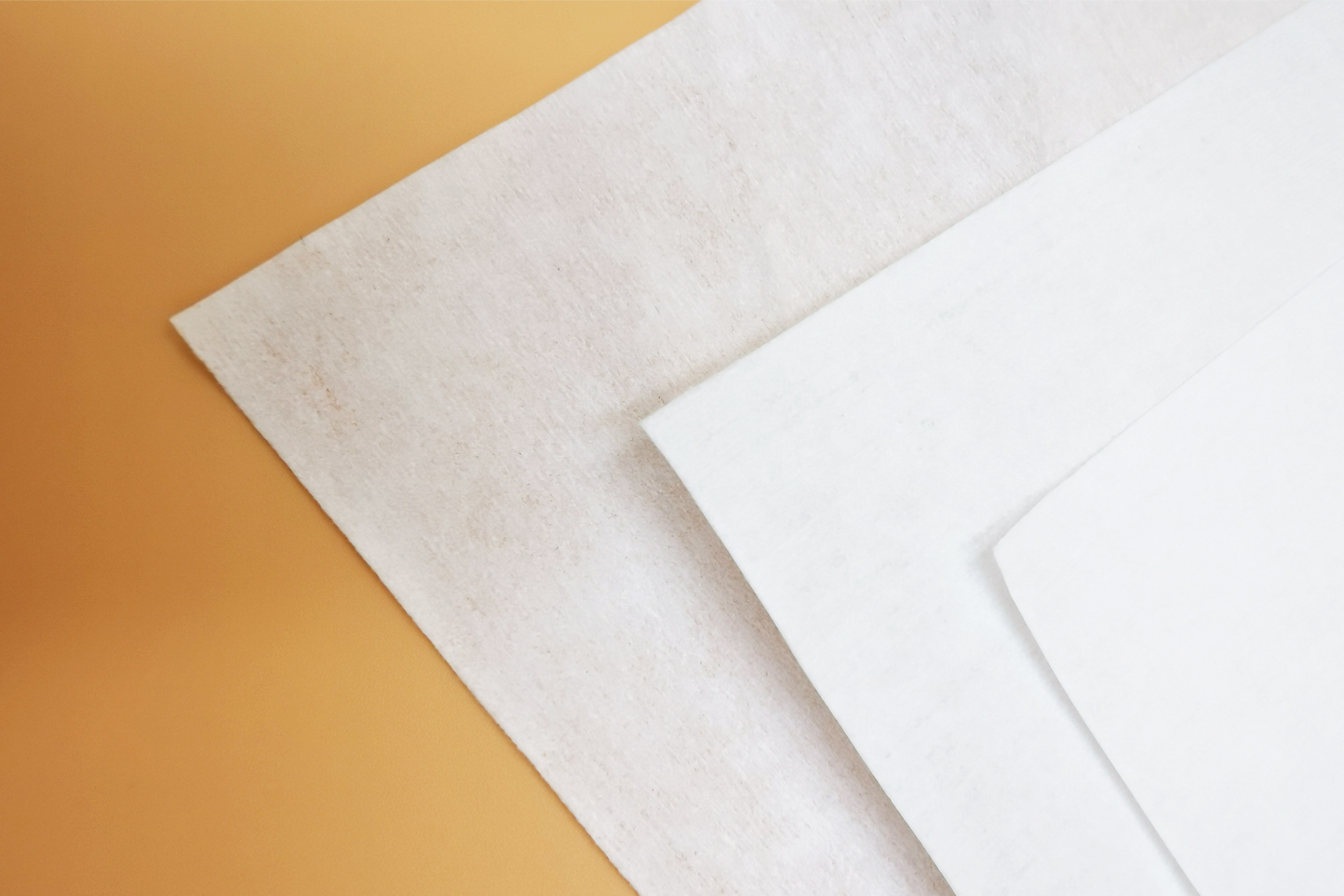Speaking of dust-free wipes, everyone is familiar with them. Everyone is paying more and more attention to environmental hygiene. Many industries are dust-free, especially in some electronics factories. They are often used in the evaluation of dust-free cloth materials. Few people will know that for clean cloth, we should establish a combination of cleanliness evaluation and practical application effects. Generally, whether clean cloth is suitable, we should first summarize which wiping cloth to choose, and then focus on this kind of clean cloth. The cloth put forward cleanliness requirements.
The cleanliness of the dust-free cloth wiping material is a critical aspect of its quality. The level of cleanliness directly affects the decontamination ability of the dust-free cloth. Generally, the cleanliness of dust-free cloth wiping materials is defined in the following aspects:
1. Dust-free cloth ion precipitation, mainly to check the high activity of metal ions and non-metal ions. If you use precision metal materials to wipe the surface, ion precipitation is recommended as an important inspection item, because active ions can easily react to the surface of the precision metal through the battery.
2. Dust discharge of dust-free cloth, including dust discharge in the air and dust discharge in liquid. Many people think that shaking off the crumbs is an unbearable problem. In fact, this is not the case. On the contrary, shaking off the crumbs is a physical property of the wiping material itself, it is just a matter of how many crumbs are dropped.
3. The NVR in the clean cloth solvent is usually evaluated by the solvent, and the amount of residue is usually tested with precision weighing equipment, but the user can also determine whether the clean cloth residue is within the required range by testing whether the wipe is foggy Inside (Special attention: the intensity of the inspection lamp will have a great influence on the test result, if it is under strong light, all dust-free cloths will find foggy residue)
